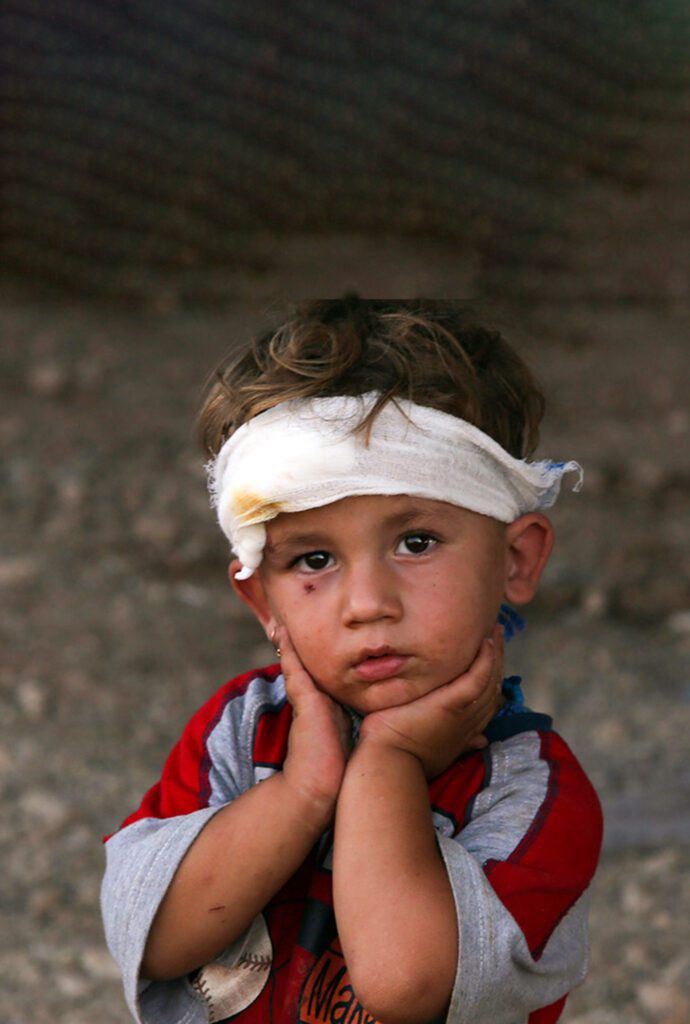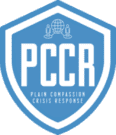Iraq

What caused the War in Iraq?
ISIS (the Islamic State of Iraq & Syria) originated as a terrorist group in Iraq that pledged allegiance to al-Qaeda. In June 2014, the group proclaimed itself a worldwide caliphate and began referring to itself as the Islamic State. As a caliphate, it claimed religious, political, and military authority over all Muslims worldwide. Its adoption of the name Islamic State and its idea of a worldwide caliphate were widely criticized, with the UN, various governments and mainstream Muslim groups vehemently rejecting the idea of its statehood.
Rejected or not, they managed to seize large swathes of land in Syria and Iraq, killing or taking captives thousands of Yezidis, Kurds, and anyone else that refused to bow to their rule. Millions were forced to flee for their lives, creating the world’s largest humanitarian crisis to date.
On August 3rd, 2014 ISIS soldiers attacked the Sinjar region of Northern Iraq home to approximately 250,000 people, many of them Yezidis. Yezidis are a peaceful minority group of about 800,000. Many of them are shepherds and farmers who lived side-by-side with their Muslim and Arab neighbors. Thousands of them were forced to flee on foot, taking refuge in the Sinjar Mountains were they languished for eight days before aid was able to get to them. The ones that didn’t manage to escape were rounded up like animals, the men and older boys were shot or buried alive. The women and girls were sold as sex slaves and the young boys were taken to ISIS training camps to be indoctrinated with Islamic propaganda and trained as fighters. Today, thousands are still missing.
After escaping from the mountain, thousands of them ended up in Kurdistan, Northern Iraq. Here they were put into huge refugee camps, empty houses and wherever they could find shelter. Today there are more than 1.5 million refugees in Kurdistan.
We were in Kurdistan, Iraq from 2014 – 2020 and are currently working towards closing this field down due to more urgent needs in other areas of the world. Seeds have been planted and we have seen God’s mighty hand at work! Let’s be faithful in praying for Iraq.
Gallery
November, 2014
Starting the work in Sege
In Sege, our first project was putting plastic on doors and windows to make the houses livable again. This transitioned into putting in septic systems and afterwards we started a language school. Over the course of the next six months, the project in Sege was handed over to a partner organization.
December 2015
Moving to Sinjar
The Sinjar project went from December ’15 to February ’17. We came into the city two days after it was liberated from ISIS. The Yezidi people who had fled the area wanted to move back, but the houses were not in a livable condition because of missing doors and windows. Our team worked on cleaning the homes and putting windows and doors in.
March 2017
Bashiqa, Iraq
Right after Bashiqa was liberated from ISIS, we moved a team there. The team was living on the military compound, but working in the city, putting in windows and doors. Why windows and doors? When the military clears houses from ISIS fighters, they throw hand grenades into a house which explode, blowing out most of the windows of the house.
October 2017
Dohuk
When we left Bashiqa in October of 2017, we did distribution during the winter in the Dohuk area. We were mainly distributing food and heating oil in the refugee camps and also for the refugees that lived in tents outside of the official camps. For the first year, we did work in the refugee camps, building retaining walls and other projects like that. We also spent some time repairing school buildings in refugee camps, which consisted of replacing light bulbs, door latches and water faucets.
2019
The community center in dohuk
In 2019, we started a community center, where we were doing English language lessons, computer classes and a children’s program. At the maximum capacity, we had 120 English students, 4 days a week. The goal with this project was to give them job skills, so they can earn their own living.
October 2019
Iraq – Syrian Border Refugee Camp
From October 2019 to March of 2020, we had a project in a military base on the Iraq – Syrian border. War had broken out in Syria and there were refugees coming across the border, where the military picked them up and brought them to the military base for processing. We had a team there that helped the military facilitate the refugee section of the base. This included helping to feed the people, cleaning and sanitizing the facilities, and meeting the immediate clothing needs.
Some nights, they had 100-150 refugees come in, then it dropped off to 20-30 people.
December 2019 - March of 2020
We went into Syria several times, where we did food and heater distributions. We were working with the Kurds and Arabs in northeast Syria, who were displaced from their homes as a result of the Turkish invasion in October, 2019. When COVID hit in March of 2020, all three projects were shut down: The community center, the Syrian border refugee project, and the distributions in Syria. Some of the volunteers went back to the US, while the rest of the team stayed and helped with food distribution and several other pandemic-related projects. In June, the rest of the US volunteers went home, and our Iraqi staff opened up the community center again.
December 2020
Closing the project
Daniel Beiler (PCCR Field Director) went back to Iraq in December of 2020 to close the community center. Out of this, a new business is starting up: The former director of the community center is now starting a for-profit school, based on the same model of the PCCR language school.
